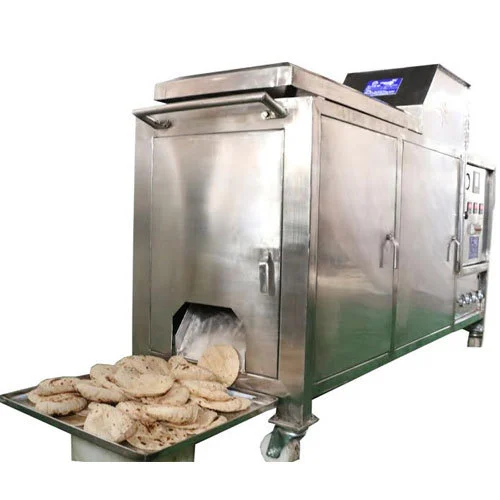
On Tuesday, President William Ruto pledged to acquire a specialized machine designed for making chapatis to support the Dishi na County school feeding initiative.
During his tour of Mathare and Ruaraka constituencies, Ruto directed Nairobi Governor Johnson Sakaja to identify a reliable supplier for the equipment.
“I have made a commitment to purchase a chapati-making machine. Governor Sakaja, kindly find out where we can procure it,” he announced.
This machine is set to streamline the production of one million chapatis to feed students under Sakaja’s school meal program.

Understanding a Chapati-Making Machine
A chapati-making machine automates the process of preparing chapatis, eliminating the need for manual rolling with a board and rolling pin.
There are two key components involved in chapati production: a dough mixer and the chapati-forming machine.
The primary function of the chapati machine is to take prepared dough and transform it into cooked, ready-to-eat chapatis.
A study by Samadhan highlights that using this equipment significantly reduces the time spent on rolling and cooking.
Steps to Make Chapatis Using a Machine
- Dough Preparation – Combine flour and water in the correct ratio in the dough mixer.
- Mixing – The mixer blends the ingredients thoroughly to form the dough.
- Rolling – The dough is fed into the chapati machine, where it is flattened into circular discs.
- Cooking – The flattened chapatis move onto a heated surface (Tava) or conveyor system for cooking.
According to Qualimark, modern chapati-making machines incorporate a systematic approach:
- Dough Ball Formation – The machine divides the dough into equal portions, ensuring uniform chapatis.
- Rolling & Flattening – These portions are pressed into round, thin discs, with adjustable thickness and size.
- Cooking Process – The chapatis pass through heated plates or conveyor belts, cooking evenly on both sides. Some machines feature multiple heating phases to ensure proper browning.
- Flipping & Stacking – Advanced machines have built-in mechanisms to flip the chapatis for even cooking before automatically stacking them for easy collection.









